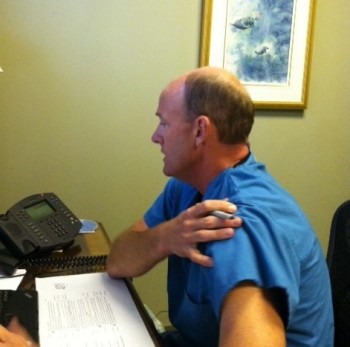This week, Dr. James Craigie of The Center for Natural Breast Reconstruction answer your questions.
Q: had a double mastectomy in July 2012. I have one successful implant (right) and the left had to be removed due to infection. I need a flap procedure and want to know which one you usually recommend? I have had a lot of bad ratings for the stomach procedure.
A: Thank you for the question, and I am sorry you have had problems with your implant.
When implants don’t work out, usually using your own tissue can be an option to complete the process without using an implant. We specialize in using your own tissue but without sacrificing your muscle. Giving up the tummy muscle can be a problem and may have been part of the reason you have had less than favorable reviews on that subject. We prefer to use the body area that has sufficient tissue to rebuild the breast and take no muscle to do that. We can use the tummy, buttock or thigh tissue. I would be glad to give you more specific recommendations if I had more info. Let me know if you would like my office to contact you for more specifics.
Dr. James Craigie
Center for Natural Breast Reconstruction
Have a question about breast reconstruction you’d like answered from our surgical team? Just ask us!















